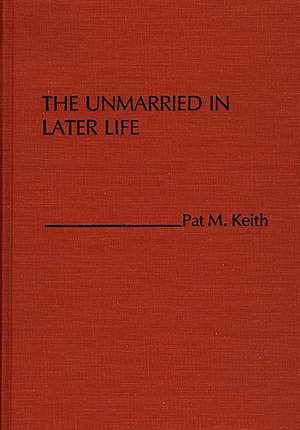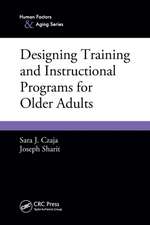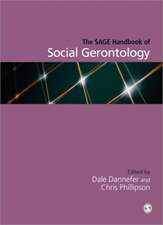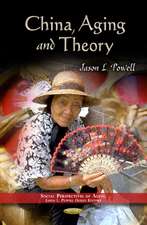The Unmarried in Later Life
Autor Pat M. Keithen Limba Engleză Hardback – 31 mar 1989
This pioneering study examines the resources and well-being of older widowed, divorced or separated, and never-married men and women over time. The first comprehensive, longitudinal study of its kind ever published, "The Unmarried in Later Life" considers the effects of changes in health, finances, work, social networks, vulnerability, and psychological well-being and compares adaptations to these transitions for unmarried men and women. Because it focuses attention on one of the fastest growing--yet often neglected--segments of the population, this volume is an ideal supplemental text for courses in sociology, gerontology, family studies, and the psychology of aging.
Several features make "The Unmarried in Later Life" a unique contribution to the social sciences literature: The author considers unmarried categories (widowed, never-married, etc.)_ separately, permitting more extended comparisons between groups; The study is based upon a nationally representative sample and contains data on more unmarried persons than are usually available for study; The use of longitudinal data facilitates the observation of the unmarried over a longer period of time than is often possible; The author offers a detailed evaluation of common assumptions about living alone, challenging widely held negative stereotypes of the unmarried. What emerges is a clear view of the changes in social relationships and their patterns by marital status and gender over the course of a decade. Researchers and practitioners will find here much new information about the social status of the aged unmarried.
Preț: 438.17 lei
Preț vechi: 604.44 lei
-28% Nou
83.85€ • 89.66$ • 69.91£
Carte tipărită la comandă
Livrare economică 18 aprilie-02 mai
Specificații
ISBN-10: 0275926206
Pagini: 232
Dimensiuni: 158 x 247 x 23 mm
Greutate: 0.54 kg
Editura: Praeger
Descriere
Several features make The Unmarried in Later Life a unique contribution to the social sciences literature: The author considers unmarried categories (widowed, never-married, etc.)_ separately, permitting more extended comparisons between groups; The study is based upon a nationally representative sample and contains data on more unmarried persons than are usually available for study; The use of longitudinal data facilitates the observation of the unmarried over a longer period of time than is often possible; The author offers a detailed evaluation of common assumptions about living alone, challenging widely held negative stereotypes of the unmarried. What emerges is a clear view of the changes in social relationships and their patterns by marital status and gender over the course of a decade. Researchers and practitioners will find here much new information about the social status of the aged unmarried.









